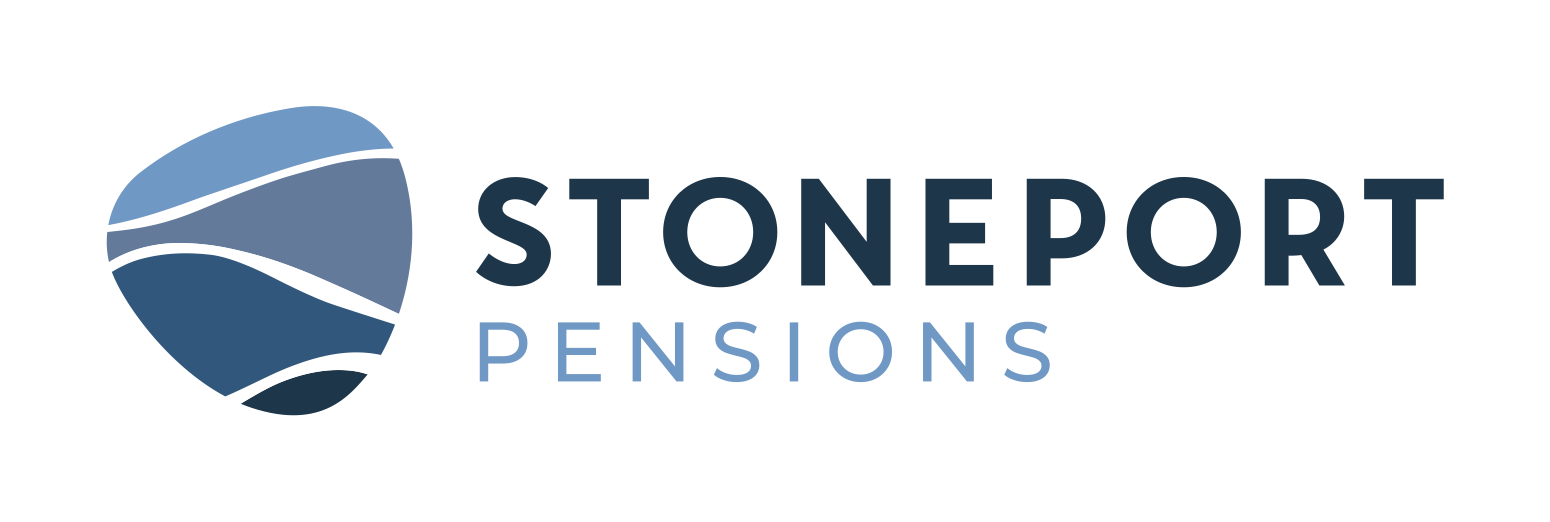What are the barriers to consolidation for DB pension schemes?

Our new report Paths to the End Goals which focuses on the end game challenges for DB schemes, revealed that some barriers exist when it comes to consolidation.
We asked schemes if it’s possible to reduce costs while also improving member outcomes and almost three quarters of Trustees were optimistic that achieving both outcomes is possible.
Grouping together schemes can also help to reduce costs while also improving member outcomes as well as overcome trustees’ top perceived challenge – a lack of economies of scale.
What’s more, the new generation of consolidators like Stoneport are attempting to address many of these concerns, whilst making the path to consolidation easier.
So why haven’t more schemes considered consolidation strategies, such as joining a master trust or a pooled structure?
Philosophical and structural
Over half (53%) of respondents said they wanted to remain in control of their scheme’s destiny, showing a reluctance to delegate key functions. Meanwhile, a third said they lacked employer support (34%) or adviser support (15%) for such a consolidation move.
One respondent suggested that trustees perhaps don’t want to lose control of their scheme – they quite like the idea of making the decisions that affect individual members. If it goes to a traditional master trust, they can’t do that anymore.
They also pointed out that even if trustees are willing to cede control, employers may not be. Employers may be concerned about having less of an input on investment strategy, which affects deficit calculations and therefore their contributions.
Decision making and preparation
The respondents highlighted two key barriers relating to robust decision making.
60% said that not understanding the complex pros and cons of the consolidation decision was a barrier preventing them considering consolidation.
Meanwhile, 45% said the preparatory work involved – data cleansing, for example – was also another challenge.
Another trustee highlighted that whatever option trustees ultimately choose, securing member benefits depends on having good quality data. Achieving this can depend on the level of financial support either within the scheme or the employer covenant.
Small schemes tended to have more difficulty understanding the pros and cons, with 67% citing this versus 57% for large schemes. They were slightly more concerned about data preparation, while larger schemes tended to be keener to remain in control of their own destiny and to be more cynical about the cost benefits of consolidation.
Overcoming these barriers
Getting the right advice is the best way of negotiating these obstacles and taking the best steps along the path to the end goal. While a master trust or other consolidation option will not suit every scheme, it will suit some. Trustees must ensure they are well enough informed to decide on which side of the fence they fall.
Whether you’re an employer or a trustee, find out how a pooled structure like Stoneport can transform your pensions perspective.
Next time our final blog in this series will be making the case for consolidation. To read the Paths to the End Goals report in full click here.
